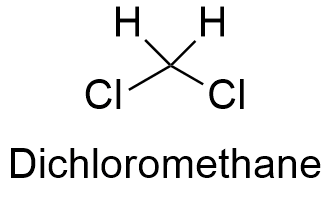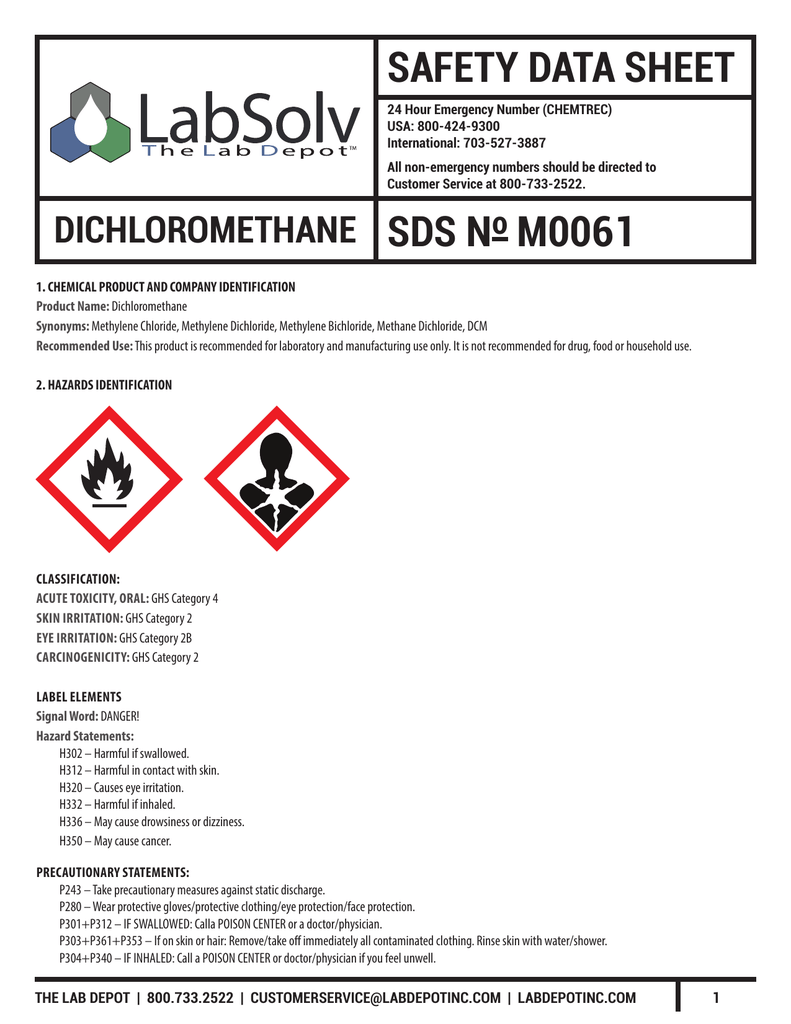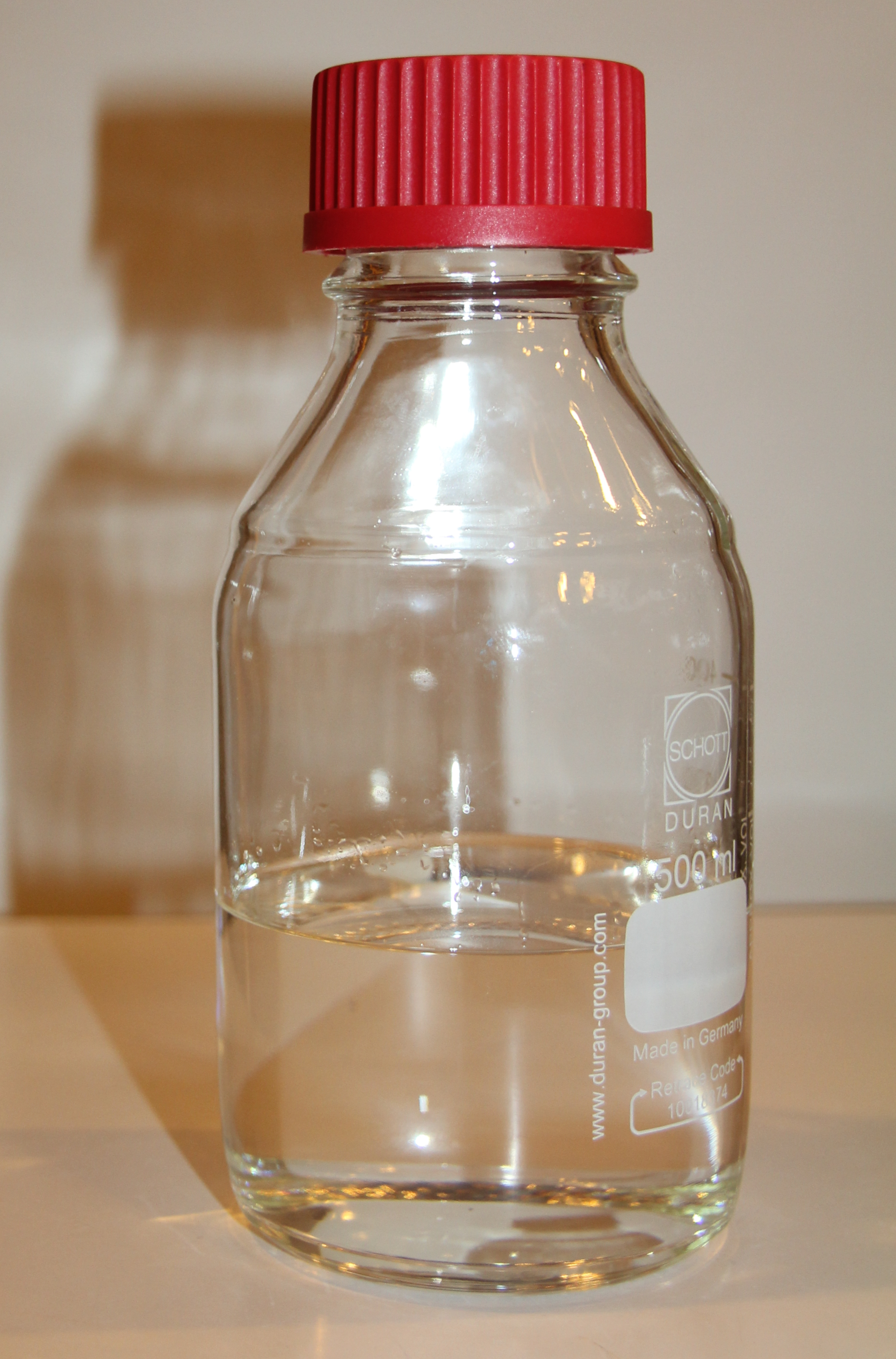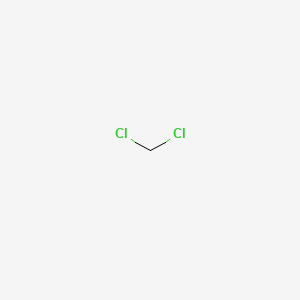Dichloromethane physical properties
Home » chemical » Dichloromethane physical properties >Dichloromethane physical properties
Dichloromethane Physical Properties. It can be noted that the properties of anhydrous CuSO 4 and CuSO 45H 2 O vary considerably and have been highlighted separately. Methylene Chloride Methylene Dichloride DCM MC PRODUCT USE. Psychological and Physical Effects. In contact with water releases flammable gases which may ignite spontaneously Danger Substances and mixtures which in contact with water emit flammable gases.
 Physical Properties Of Dichloromethane Download Table From researchgate.net
Physical Properties Of Dichloromethane Download Table From researchgate.net
Published 2012 by John Wiley Sons Inc. Methylene Chloride Methylene Dichloride DCM MC PRODUCT USE. Physical and Chemical Equilibrium for Chemical Engineers Second Edition. Chemical and physical properties. Put your understanding of this concept to test by answering a few MCQs. Physical and chemical properties Physical State Liquid Appearance Colorless Odor sweet Odor Threshold No information available pH No information available Melting PointRange-97 C -1426 F Boiling PointRange 39 C 1022 F Flash Point No information available Evaporation Rate No.
BDH-120 Page 1 of 9 1.
Chemical and physical properties. 502 C at 101325 kPa Density. Chemical properties in the periodic table are organized vertically by group for similar chemical and physical properties. With Dichloromethane as the model molecule the activity test results showed that the. Acetone is irritating to the skin and eyes. 828 PHYSICAL PROPERTIES OF LIQUIDS AND GASES TABLE C-1 Density of Liquids No.
 Source: researchgate.net
Source: researchgate.net
Chemical properties in the periodic table are organized vertically by group for similar chemical and physical properties. GHS Hazard Statements. For example the metals in group 11 have similar characteristics of electrical conductivity luster crystal structure ductility and tensile strength. CHEMICAL PRODUCT AND COMPANY IDENTIFICATION PRODUCT NAME. Tetrabutylammonium perchlorate causes irritation and may be harmful if swallowed.
 Source: researchgate.net
Source: researchgate.net
398-40C 1036-104F Flash Point. 244 mmHg 32kPa at 20 C 288 mmHg 38kPa at 24 C MAC. Dichloromethane is a carcinogen is toxic by inhalation and causes irritation and burning pain on prolonged contact. The most notable physical differences between H 2 O and D 2 O other than the simple difference in specific mass involve properties that are affected by hydrogen bonding such as freezing and boiling and other kinetic effects. Vol Bloodgas partition coefficient.
 Source: softschools.com
Source: softschools.com
Honeywell 1953 South Harvey Street Muskegon MI 49442 DISTRIBUTOR. Dichloromethane is a carcinogen is toxic by inhalation and causes irritation and burning pain on prolonged contact. Moving horizontally across the periodic table trends in properties such as atomic radius electronegativity and. These materials are notably used in the fabrication of. It can be noted that the properties of anhydrous CuSO 4 and CuSO 45H 2 O vary considerably and have been highlighted separately.
 Source: chemicals.co.uk
Source: chemicals.co.uk
Acetone is irritating to the skin and eyes. Chlorine-containing volatile organic compounds CVOCs present in industrial exhaust gas can cause great harm to the human body and the environment. -4C 25 F s Ignition temperature. Physical and chemical properties Appearance. 244 mmHg 32kPa at 20 C 288 mmHg 38kPa at 24 C MAC.
 Source: manualzz.com
Source: manualzz.com
Causes severe skin burns and eye damage Danger Skin corrosionirritationH318 42. The alkyl group CH 3 CH 2 CH 2 is a propyl group and the halogen is bromine Br. The molar mass of the anhydrous and the pentahydrate forms of copper sulfate are 159609 gramsmole and 249685 grams per mole respectively. Acetone and ethanol are flammable. These materials are notably used in the fabrication of.
 Source: byjus.com
Source: byjus.com
Psychological and Physical Effects. 97C 207F Boiling Point. The word caffeine originated from the German word kaffee and the French word café both directly translating to mean coffee Caffeines chemical name is 137-trimethylxanthine based on its formula C 8 H 10 N 4 O 2 and molecular structure. Toxic if swallowed Danger Acute toxicity oralH314 100. Acetone is irritating to the skin and eyes.
Source: chemspider.com
1868 gcm³ at 20 C Molecular Weight. The word caffeine originated from the German word kaffee and the French word café both directly translating to mean coffee Caffeines chemical name is 137-trimethylxanthine based on its formula C 8 H 10 N 4 O 2 and molecular structure. -4C 25 F s Ignition temperature. Chemical properties in the periodic table are organized vertically by group for similar chemical and physical properties. ASTMs wood standards are instrumental in the evaluation and testing of the physical and chemical properties of a wide range of wood and wood-based products.
 Source: en.wikipedia.org
Source: en.wikipedia.org
Dichloromethane is a member of the class of chloromethanes that is methane in which two of the hydrogens have been replaced by chlorineA dense non-flammible colourless liquid at room temperature bp. Tetrabutylammonium perchlorate causes irritation and may be harmful if swallowed. Methylene Chloride Methylene Dichloride DCM MC PRODUCT USE. These materials are notably used in the fabrication of. It is a strong oxidizer.
 Source: researchgate.net
Source: researchgate.net
TPhP is suspected of being a sensitizer for allergies according to Hartmann et al. It is a strong oxidizer. Physical and chemical properties Appearance. The most notable physical differences between H 2 O and D 2 O other than the simple difference in specific mass involve properties that are affected by hydrogen bonding such as freezing and boiling and other kinetic effects. The physical and chemical properties of copper sulfate are discussed in this subsection.

97C 207F Boiling Point. The physical and chemical properties of copper sulfate are discussed in this subsection. Physical and chemical properties Physical State Liquid Appearance Colorless Odor sweet Odor Threshold No information available pH No information available Melting PointRange-97 C -1426 F Boiling PointRange 39 C 1022 F Flash Point No information available Evaporation Rate No. Published 2012 by John Wiley Sons Inc. BDH-120 Page 1 of 9 1.
If you find this site convienient, please support us by sharing this posts to your preference social media accounts like Facebook, Instagram and so on or you can also bookmark this blog page with the title dichloromethane physical properties by using Ctrl + D for devices a laptop with a Windows operating system or Command + D for laptops with an Apple operating system. If you use a smartphone, you can also use the drawer menu of the browser you are using. Whether it’s a Windows, Mac, iOS or Android operating system, you will still be able to bookmark this website.